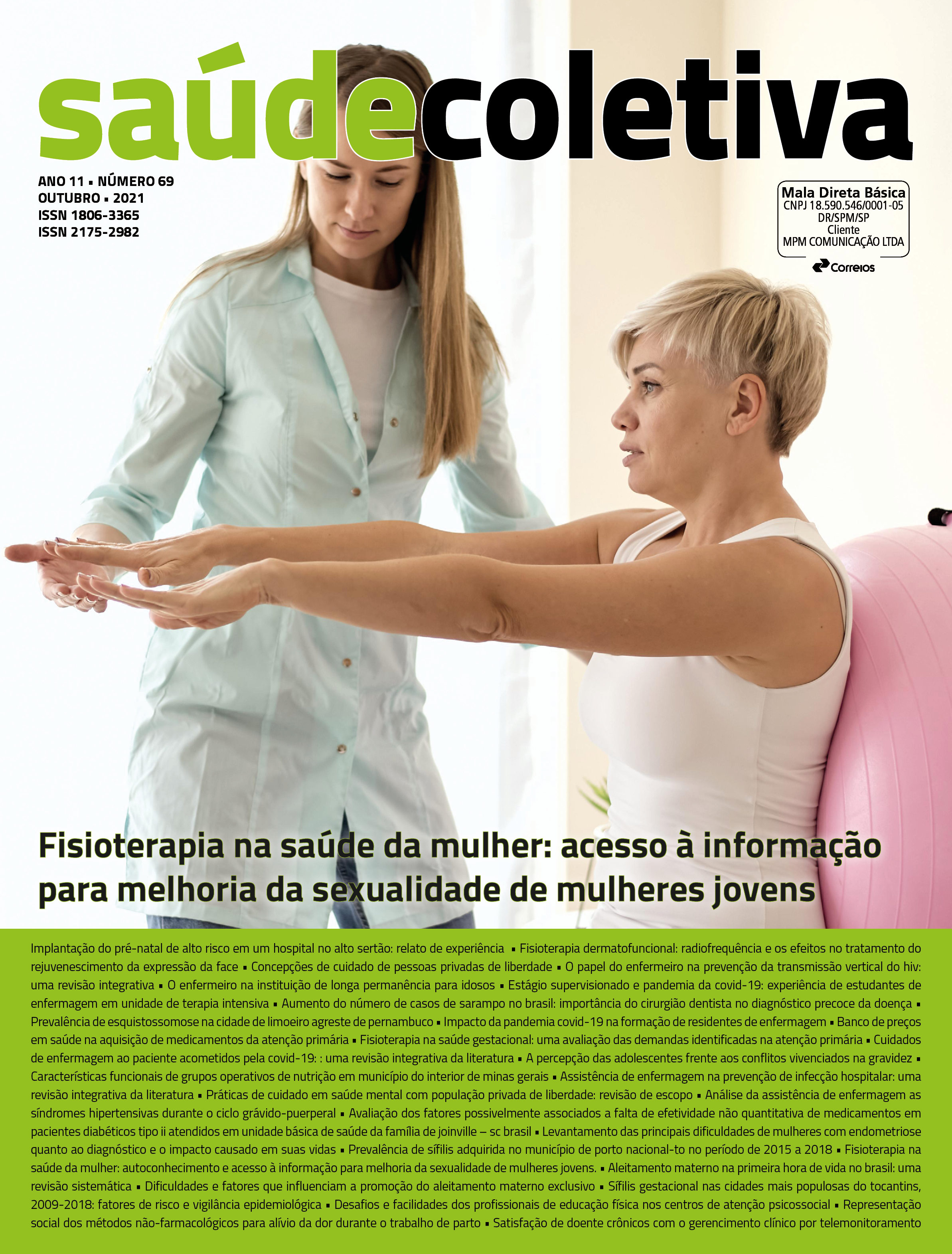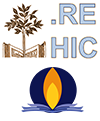O PROTAGONISMO DA TOMOGRAFIA COMPUTADORIZADA DE TÓRAX NO DIAGNÓSTICO DA PNEUMONIA OCASIONADA POR SARS-COV-2 E O PAPEL DA TÉCNICA NO ATENDIMENTO À POPULAÇíO DURANTE A PANDEMIA COVID-19.
Keywords:
TOMOGRAFIA COPUTADORIZADA, TÓRAX, COVID-19Abstract
Introduction: Computed tomography is useful in the current context of the pandemic, providing an assessment of the extent of the disease, possible differential diagnoses and research for complications. The method plays a central role in the early detection and treatment of COVID-19 pulmonary symptoms. Objective: To analyze the main characteristics of the population involvement by pneumonia of viral etiology Sars-Cov-2 during the COVID-19 pandemic, in 2020. Method: The sample comprises the cases of patients suspected of having COVID-19 pneumonia filed in a bank data from the PACS System of that clinic. The images were acquired in a Toshiba Model Alexion Multislice Computed Tomography equipment, 32 channels properly calibrated. The population of this study was composed of patients who underwent a computed tomography exam to search for penumonia caused by COVID-19, in the period from 01 to 30 April 2020, referred to the computed tomography service of Clínica Omnimagem, located in Fortaleza, Ceará . Results: 103 patients were admitted, with a mean age of 55.87 years to undergo chest CT scan, 57 of whom were men, comprising 55.33% of the individuals examined and 46 were women (44.66%) . The number of patients who presented images suggestive of COVID-19 was 67, corresponding to 65% of the total number of patients admitted. The general mean age of patients with positive tomography for infection was 58.68 years and 58% of patients with positive tomography for pneumonia were men (39). The main findings described in a report on the computed tomography scans of the chest analyzed were: ground-glass pattern in 97.01% of the cases, parenchymal consolidations in 13.43% exams, stretch marks in 29.85% and pleural effusion in 4.47% of the patients. patients examined.Discussion: The diagnosis provided by computed tomography has played a fundamental role as an extremely important tool for establishing early therapeutic conduct, monitoring and determining the isolation of the infected patient, actively contributing to contain the spread of the disease.Conclusion: Computed tomography has playing an important role during the pandemic, helping to assess the extent of the disease and possible complications, consolidating itself as an alternative diagnosis. Chest computed tomography demonstrates its role as an available diagnostic tool and has been instrumental in the isolation and monitoring of a large portion of infected patients.







